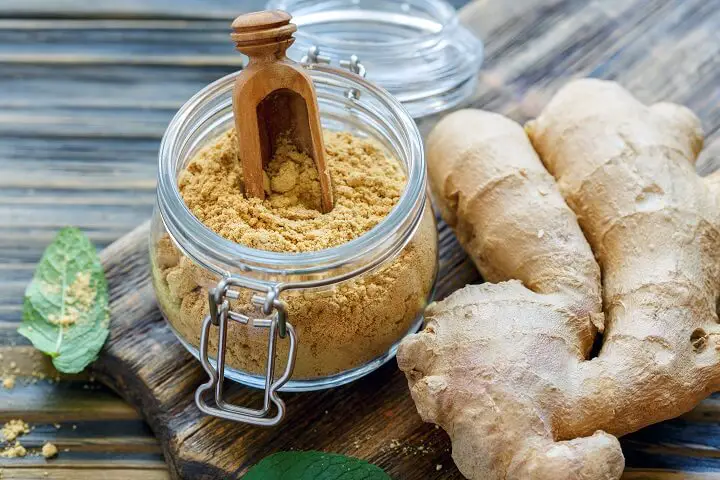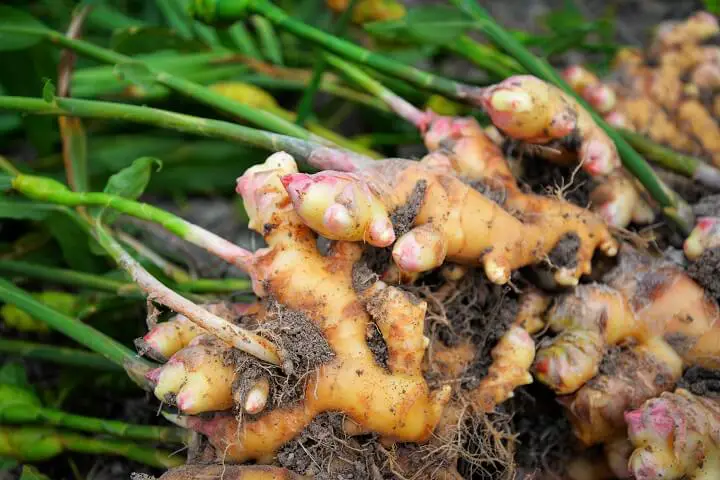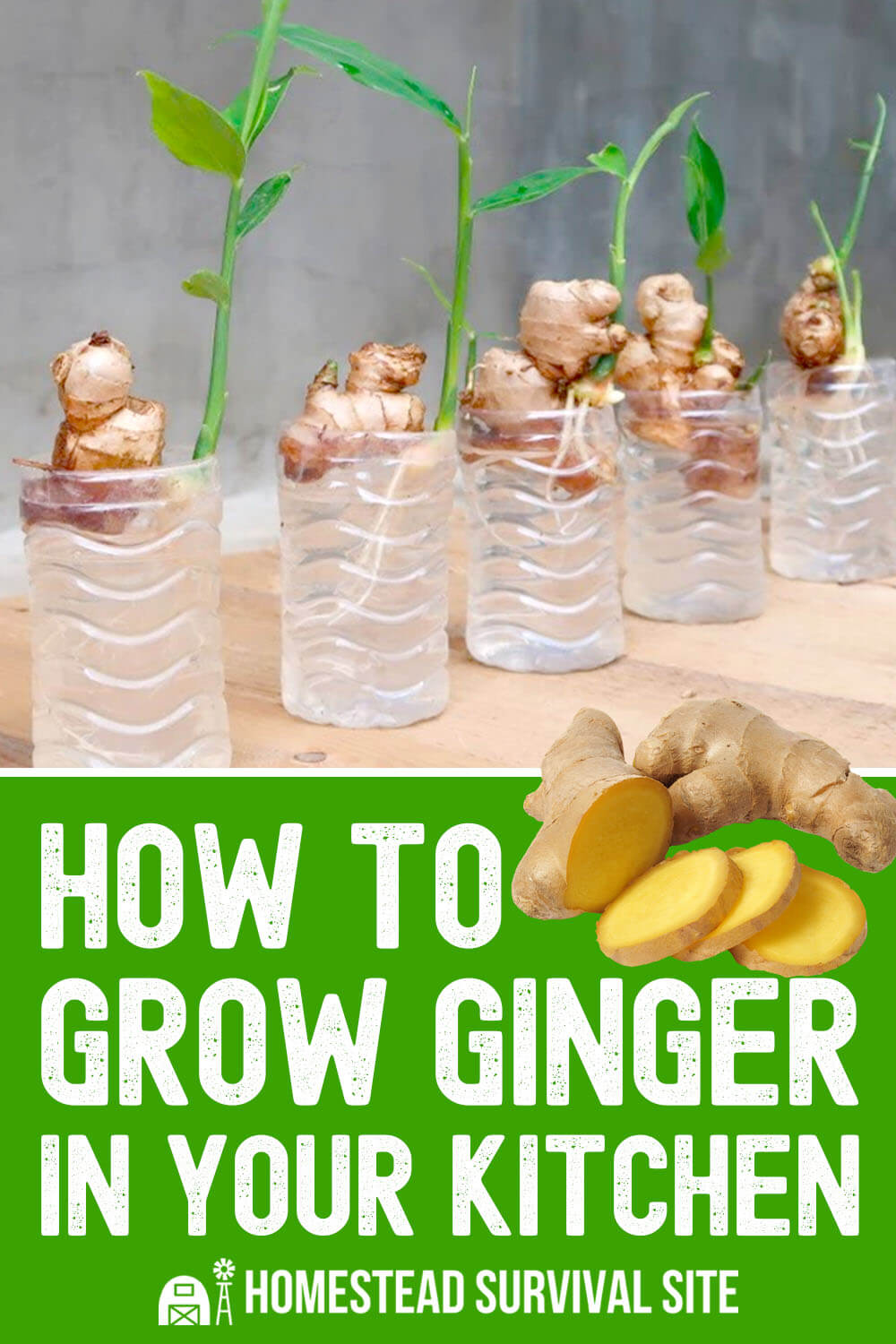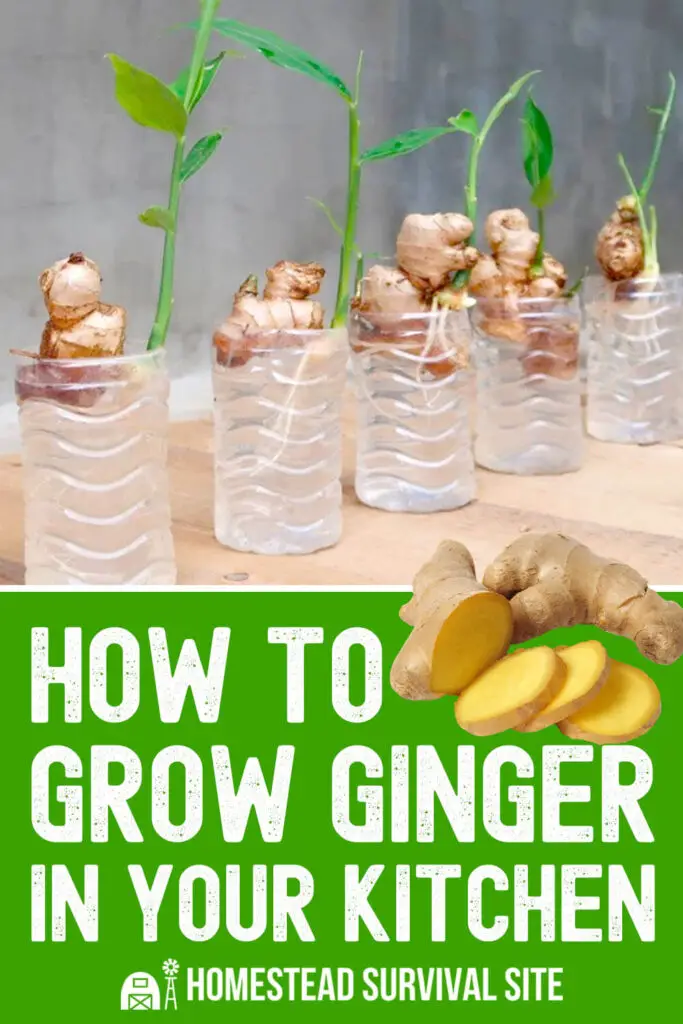Estimated reading time: 7 minutes
Although this plant has been around for centuries, there is a new upswing of interest in ginger. The medicinal qualities of ginger are reasons enough to start growing this plant. However, fresh ginger also has an amazing taste to add to homegrown dishes that you produced off of your land as well.
Ginger is a popular addition to many Asian inspired dishes and also found in a number of over-the-counter medicines. For example, most motion sickness medicines include large amounts, if not 100%, of ginger. It also helps to relieve inflammation, pain, and even ease the effects of cold or flu symptoms.
This plant contains a somewhat spicy flavor commonly used in a lot of drinks and recipes to add some zing. While you can use dried ginger in recipes, using fresh ginger is best to ingest more antioxidants.
While you can grow ginger out in the garden, many would benefit from growing it indoors to have year-round access to the plant. The ginger root grows slowly, and it takes about 6-8 months of solid growth to produce a root big enough to harvest.
While some homesteaders have a long growing season, others would benefit from taking this plant indoors to produce the most ginger. Check out these tips on how to grow ginger in your kitchen.
Want to save this post for later? Click Here to Pin It On Pinterest!
Choose Which Type of Ginger to Plant
While most of us know of the mature ginger that we’ve seen sold in grocery stores, baby ginger is a lesser-known version of this powerful plant.
Baby Ginger
This smaller ginger root is softer than mature roots and doesn’t need peeling before consumption. Baby ginger is tender and doesn’t contain a fibrous center. This type of ginger has a more mild flavor than its mature counterpart and is juicier as well.
While we all love less work on the homestead, the downside to baby ginger is the storage time after harvest. This version only lasts up to 3 weeks after harvesting, whereas mature ginger can last several months when stored correctly.
Mature Ginger
This long term root contains a tough hide that must be peeled before use. Mature ginger also has a fibrous center, which is harder to work with. This type of ginger has a spicy and robust flavor that is best enjoyed in small quantities. You can store fresh ginger in the fridge for up to 3 weeks or toss them in the freezer for up to 6 months.

Select Seeds or Root
You can grow ginger in your kitchen using either seeds or a piece of root either purchased from another homesteader or grocery store.
Ginger Seeds
While you can grow ginger from seeds, it is not recommended for those homesteaders who want to use ginger sometime this year. Growing ginger from seed takes a long time, sometimes up to 2 years, and the seed can be somewhat finicky.
Ginger seeds are picky about their environment, and any change in their required tropical climate can cause the seeds to go dormant.
Ginger Root
Using another ginger root to grow a ginger plant makes the growing time shorter thanks to a fully formed rhizome. Choose a fresh root from another grower or homesteader for the best quality ginger. You can also purchase a ginger root from the store and then soak it in water to prepare it for planting.

Select a ginger root that has many nodules as these will be the buds of the plant. Cut the rhizome apart in sections that contain one nodule each. You can then plant multiple containers of ginger using just one well-noduled root.
Prepare the Container
Growing ginger in your kitchen is not a hard process to complete, although ginger does require a good amount of kitchen space. Choose a large container that will give the ginger enough space to grow. Ginger loves water, and a piece of ginger root that is only a few inches long will require at least a 2-gallon pot.
You’ll need a pot with good drainage and a saucer to keep your kitchen dry. Fill the container with plenty of fertile soil that contains a lot of coir, a fibrous material that resembles peat.
How to Plant Ginger
Some homesteaders like to sprout ginger root in a small container before planting in a larger pot. You can make a makeshift terrarium with a plastic container for this purpose. Add a few inches of potting soil to the bottom of the container along with the ginger root. Water the container and keep it moist to help encourage sprouting.
Take your fresh or soaked ginger root and dig a hole large enough to cover the entire root. You’ll want the nodule pointing up and lying about an inch below the soil line. Place the container in a spot of the kitchen next to a sunny window.
Some homesteaders choose to place ginger containers on the floor, instead of the kitchen counter, to save space. This also helps clean up any spilled water from the long drinks that ginger requires.
Growing Ginger Root
Your ginger root will require a weekly drink of water that is enough to wet the entire pot. Stop watering once you see water exiting the drainage holes at the bottom of the container. The first sprout should appear 2-4 weeks after planting, depending on the location of the container.
To encourage growth, hill the soil on top of the plant every month using compost. You never want to see the actual ginger rhizome above the soil line as it can make the root turn green. Keep the container in a warm spot in the kitchen that gets plenty of sunlight once the plant appears.
Harvesting Ginger
One of the best things about ginger is that you can harvest it at any time. The plant leaves and stalk are also great in soups, stews, and other dishes so that none of the plant goes to waste. However, many homesteaders will see a tall plant grow only to harvest rhizomes that are still quite small.
Remember that ginger is a slow-growing plant and may take up to 6 months indoors to become a large rhizome. The best time to harvest ginger is when the stalks are between 4-5 feet tall.
To harvest the ginger, simply pull the base of the plant from the soil to reveal the entire rhizome underneath. You can harvest the entire ginger root or snap off a section and replant the stalk. Ginger stays fresh in the fridge for up to 3 weeks, and you can also freeze it for up to 6 months of use.
Growing your own ginger is a great way to have easy access to this flavorful plant. While growing it isn’t tough to do, ginger is slow to mature and can sometimes go dormant in adverse conditions. Consider growing ginger in your kitchen this year, especially if you live in a growing zone with a shorter outdoor growing period.
Like this post? Don't Forget to Pin It On Pinterest!












Thank you for the invaluable help you give us through your articles on homesteading on homegrown herbs, food, medicinal, etc. We are grateful.